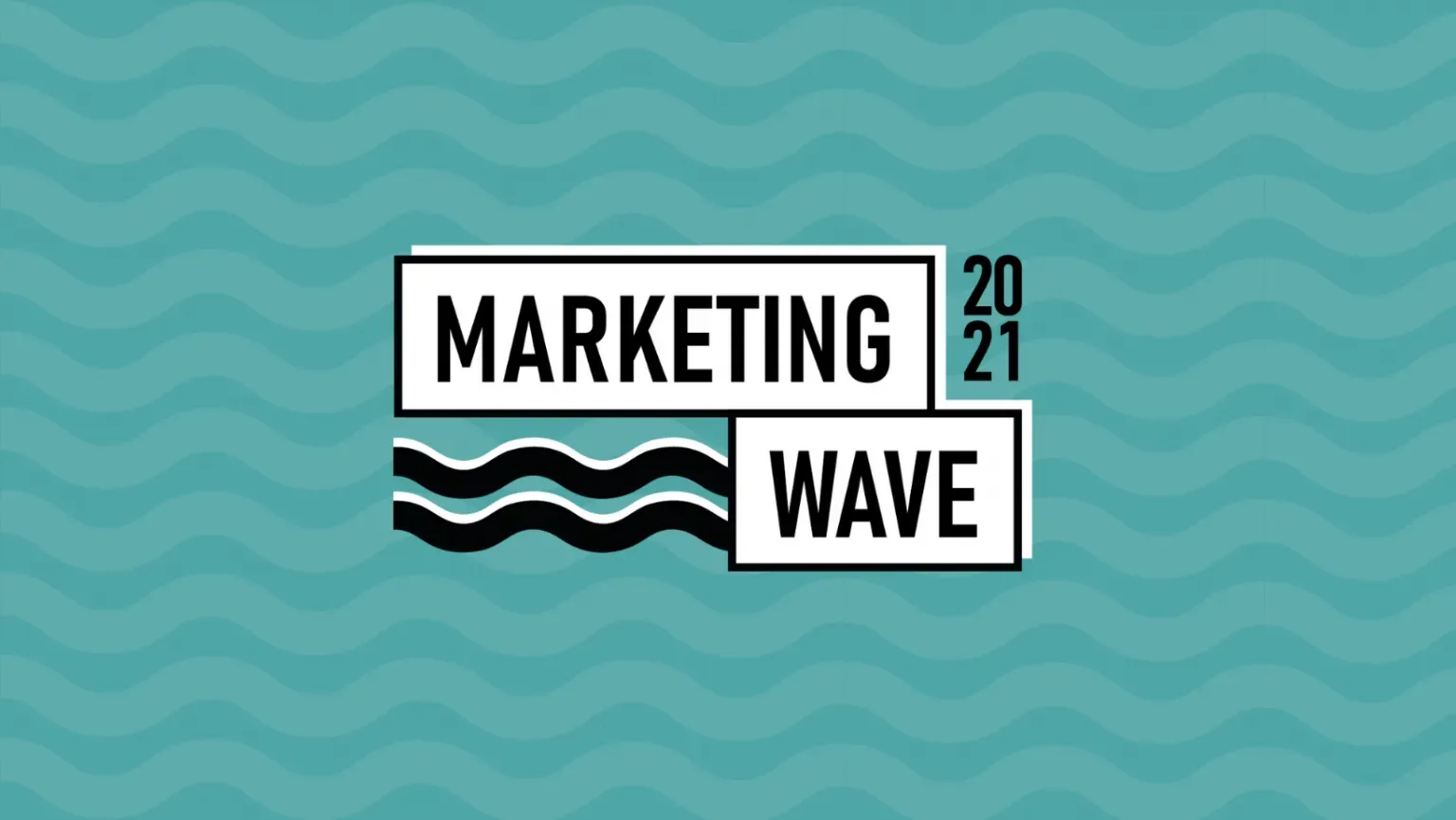Understanding consumers’ purchase behaviours, needs, and motivations is one of the biggest challenges that companies face. Can you guess why? The answer is simple: Humans are extremely complex!
You can put great effort into a marketing campaign, do all the fundamental research, and still not obtain the results you expected to. And this does not only occur in brands with a lower level of brand awareness. For instance, Pepsi did a commercial with Kendall Jenner which was considered by most a total fail. With this in mind, Neuromarketing’s purpose is to understand how your costumers’ brains actually work, which is different from how you would assume they do, and what the effect of your marketing content is. By using this type of information, you will be able to adjust your marketing and thus improve its effectiveness.
By definition, Neuromarketing “refers to the measurement of physiological and neural signals to gain insight into customers’ motivations, preferences, and decisions, which can help inform creative advertising, product development, pricing, and other marketing areas”.
It sounds pretty amazing knowing all this stuff about your customer, right? In this article, I am going to show you how Neuromarketing works, and the crucial insights that you can find.

1. It is all about the reptilian brain!
According to neuroscience, around 90% of our decisions are made unconsciously, which means that there are many invisible influences shaping our decisions without our awareness. Because of this, consumers do not always do what they say, which is a major problem for traditional marketing (the answer to “What do you want” is not always trustworthy). And this is not a surprise for any of us. How many times did you go to a supermarket with a list of 5 five products and you ended up buying 10? Many, right? This is your reptilian brain taking control!
By contrast, in Neuromarketing, we are going to ask the same question, but instead of looking at the consumers’ answers, we will look at the psychological changes that happen in their bodies. Since some of our thoughts, feelings, and memories unconsciously change our experience with the products, figuring out the most basic roots of human emotion is critical in discerning consumers’ purchasing behaviour. In other words, Neuromarketing takes advantage of the subconscious decision-making process to develop better marketing campaigns.
But now you might be asking: How is it possible do discover all these details about the human brain?
2. Many techniques with different levels of complexity and for different budgets.
Firstly, eye tracking is relatively inexpensive, and it is easy to administer. The researcher can understand where exactly you are looking at during an ad or another marketing stimulus, only by using glasses with built-in cameras or a screen-based eye tracker. This can be very practical when it is time to decide the way of placing text and images since it will not only ensure that your customer is paying attention to what you want them to, but also that the product remains in their memory.

Then, there is also the EEG (Electroencephalogram), which is a costly method and demands higher technology. Using a headband or helmet that has small sensors that are placed on the scalp, it tracks your brain activity during the time of the ad. It records instinctual emotions such as anger, excitement and it obtains a series of metrics such as attention, engagement, and memorization.
Finally, we have the fMRI (Functional Magnetic Resonance), which is a more expensive and invasive method. It measures and identifies the parts of the brain that are activated in response to a stimulus, through the detection of changes associated with blood flow. It can be really useful to set pricing and improve branding.
3. How did Google increase its revenues by 200 million dollars using Neuromarketing?
Some years ago, Google ran a project with the aim to test the impact of using different coloured links in ads. They tested 40 different shades of blue and they identified which one caused people to click more. And there was, in fact, one tone of blue that did it. That’s how Google increased its revenues by 200 million dollars, fascinating right?
However, Google was not the only brand taking a chance at Neuromarketing.
4. Paypal and IKEA also had successful experiences with Neuromarketing
Paypal made use of it to improve its forgettable brand message and the result was an increase in their click-through rate. Also, IKEA has already invested in Neuromarketing. When they were planning a new business model, they used the EEG method and eye trackers to analyse the reactions of their costumers (in Poland and the Netherlands) to the new sources of energy, textiles, and plastics they could use.
Above all it seems relevant to highlight that like everything in life, this method has its weak spots and limitations: the tools used are quite expensive, thus heavily limiting the number of companies that can use it; some ethical issues enter the picture, such as threats to consumer self-determination, privacy, and control and it cannot be precise since we are talking about clearing up the human brain and therefore, the unconscious process of decision making.
Nonetheless, Neuromarketing is an emerging area that can be extremely useful when it comes to creating impactful and strong marketing strategies.
Carolina Costa
Consultant


